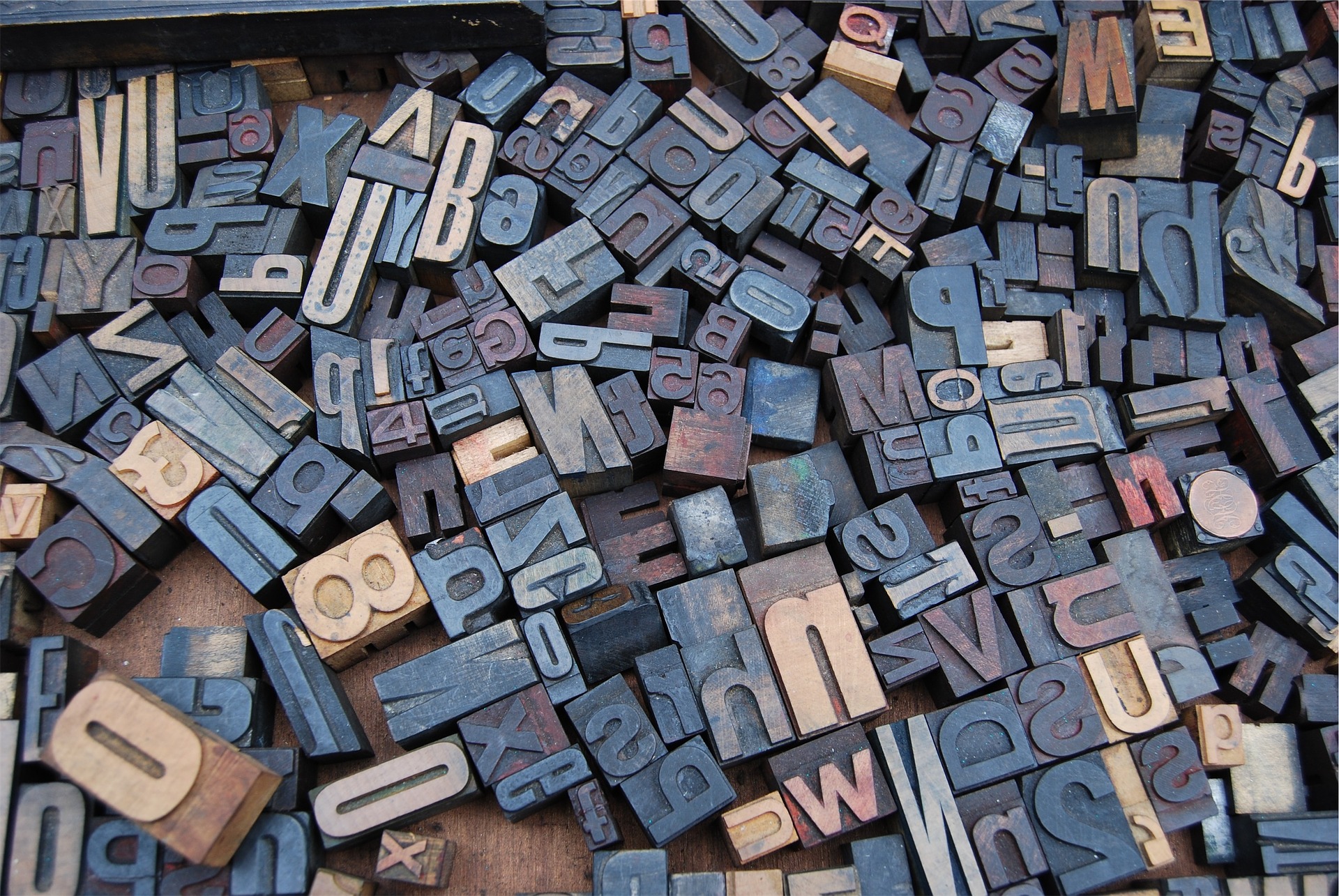A few weeks ago, when we wrote about the confusion over the homophones “poor,” “pour,” and “pore,” we said that another anatomical use of “pore” was “a type of callous that forms at the site of a healing fracture.”
More than one hardened reader called us out. We were careless to use “callous” and not “callus.” We made a homophone error in an article about homophone errors. How embarrassing, and ironic.
It’s an easy mistake to make, though we should have caught it before readers did. After all, the adjective “callous” means “being hardened and thickened,” as Merriam-Webster says. But “callus” is a noun, meaning “a thickening of or a hard thickened area on skin or bark.”
The “callus/callous” word pair has no reason to exist, especially given their etymologies. The Oxford English Dictionary lists almost identical language histories for the two words, which came through Middle English from the Latin “callum,” for “hard skin.”
The adjective “callous” came first, around 1400, the OED says, to mean “Of animal tissue: hardened, thickened, indurated; spec. (of the skin) having a thickened horny layer (stratum corneum), typically resulting from repeated friction or pressure; having calluses.” (Emphasis added.) The noun “callus” arrived about 1563, to mean “Hardened or thickened tissue; an instance of this; (in later use) spec. an area of skin with a thickened horny layer (stratum corneum), typically resulting from repeated friction or pressure.” (It’s great when a dictionary can repurpose one definition for more than one entry.)
Both words gained figurative uses, for similar purposes: to indicate a lack of feeling. But there were distinctions: In 1647, “callous” meant “Not easily moved or affected emotionally; hard, unfeeling; (in later use) esp. showing a disregard for the feelings or welfare of others; characterized by such disregard.” “Callus” appeared figuratively in 1683 to mean “hardened and thickened,” “Esp. with reference to a person’s feelings or character: something likened to a callus in being hard or in creating a barrier, typically as a reaction to repeated injury or damage,” the OED says. Both also have verb forms.
The potential for confusion exists, and we obviously fell into that trap. But we’re not the only ones: as Garner’s Modern English Usage notes: “Unfortunately, during the early 1990s Dr. Scholl’s—the company specializing in foot products—mistakenly advertised *callous removers instead of callus removers, encouraging further confusion.” (The asterisk represents “Invariably inferior forms,” Garner’s says.)
Even so, the two are rarely mistaken in news reports, though “callous” is an acceptable British spelling for “callus.” Someone’s paying attention, because spelling checkers don’t stop on either word.
So that brings us back to why two separate words still exist. The “callus/callous” word pair is not like other “heterographic” pairings like “poor,” “pore,” and “pour,” where each word has the same pronunciation but a distinct meaning (and often spelling): “Callus” and “callous” sound the same and have different spellings, but they mean virtually the same thing: “hardened,” even if they represent different parts of speech. They’re also not the kind of word pair like “advisor/adviser” or “judgment/judgement,” where the spelling depends on local style. And they’re not like “disc/disk,” where usage has evolved to use “disc” for devices like “compact discs” or “disc brakes,” but “disk” refers to computer hard drives and anatomical parts.
So, just what would one call a word pair like “callus/callous”? We’re unsure if such a name already exists, and we wonder if similar word pairs exist. Please send your thoughts to languagecorner@cjr.org. We promise not to be “callous” about our answers.
ICYMI: Eleven newsletters to subscribe to if you work in media
Merrill Perlman managed copy desks across the newsroom at the New York Times, where she worked for twenty-five years. Follow her on Twitter at @meperl.

